Rules for mulching peppers in a greenhouse and open field
Pepper mulching is done to regulate the temperature, retain moisture in the soil, and also to protect the soil from erosion. The essence of the method consists in covering the top layer with mulch - a mixture of organic or inorganic substances. The protective strip is formed from improvised means - for example, cut grass or sawdust. Most often it is used outdoors, but mulching can also be carried out in a greenhouse.
5 reasons to mulch peppers
The main task of mulching is to protect the soil and plant roots from the adverse effects of the environment. Thanks to the application of a surface layer of humus, film, cut grass and other means, several important tasks can be solved at once:
- The main advantage is that through the use of mulch, the yield increases significantly. Experienced gardeners say that it is possible to harvest 20-50% more fruits than conventional cultivation.
- The total ripening time decreases - on average by 1–2 weeks, which is especially important for regions with early autumn or summer frosts.
- Mulch retains moisture well in the soil. This allows you to reduce the number of waterings.
- Due to sufficient moisture, the soil remains loose throughout the season. Therefore, it does not need to be dug up in the fall or spring. Instead, a flat cutter is used - as a result, the summer resident saves time and effort.
- If organic components are used as the surface layer (mulching with mown grass, compost, sawdust, etc.), the natural soil fertility increases.
Thus, mulching peppers and other crops allows not only to reliably protect the soil and the plant itself, but also to significantly reduce the labor costs of the summer resident. Preserving moisture, preventing the negative effects of frost increases the vitality of pepper, so that a good harvest is practically guaranteed.
Which mulch is better to choose
All mulching materials can be divided into 2 large groups:
- organic,
- inorganic.
The experience of summer residents shows that it is much better to use natural organic materials, since they have a number of advantages:
- They consist only of natural ingredients that are good for moisture and air permeability. Thanks to this, the plant feels normal, as in its natural habitat.
- Over time, organic matter begins to rot and enriches the soil with minerals.
- Thanks to its light structure, the layer allows peppers to be watered and fertilized, unlike dense inorganic materials.
However, organic has its drawbacks. It is a short-lived material that is used for 1 season. If you mulch the pepper at the beginning of its development, you will need to put a protective layer again in the fall to save the soil in the winter. In addition, organic matter does not protect well against weeds and pests, which feel great under a warm layer.
Inorganic materials (for example, film, nonwoven fabrics, small stones) cope with all these disadvantages.
Inorganics have their advantages:
- better retains moisture in the soil;
- better protects it from overheating, which is especially important in regions with hot summers;
- perfectly protects the soil from weeds and pests;
- reliably protect the soil and plant from wind, hail, birds, and other external influences.
However, some inorganic canvases are poorly permeable to moisture and air, and prevent the plant from watering. Over time, they decompose, but the soil does not receive nutrients from them. Therefore, the choice of the best material for mulch cannot always be made unambiguously.
- If the soil is sufficiently warmed up and well cleared of weeds, organic materials that are good at regulating temperature and allowing air and water to flow directly to the plant are preferred.
- If there is a long period of dry, hot weather, it is better to cover the peppers with inorganic films. They will more reliably protect the soil from overheating and moisture loss.
Therefore, if the culture grows in a greenhouse, organic matter is often used. Peppers growing in open ground are often mulched with a layer of inorganic material. Both options can be used depending on climatic conditions. For example, in the spring a layer of grass is laid out, and in the hot summer - an additional non-woven fabric to protect against overheating and drying out of the soil.
Optimal mulching time
Very often summer residents begin to lay mulch in the spring, almost immediately after digging up the soil and preparing it for the new season. Also, the layer is often placed after transplanting seedlings. As a result, the still unheated soil does not have time to get enough heat and remains rather cold. Then, after watering, the roots may start to rot, which is why pepper growth rates are declining.
Therefore, the optimal time for mulching both in the greenhouse and in the open field is May or June. The specific time depends on the climatic features of the region, but in any case, during the day, the air should warm up steadily to + 22-25aboutC and above. Once the soil is warm enough, you can start creating a layer.
It is better to mulch immediately after rain, when the soil has not yet had time to dry. If you can't wait for it, they perform preliminary watering, wait 1 day and start working.
How to mulch the soil: 7 available ways
Most often, summer residents use organic materials for mulch application. This is due to the availability of organic matter and its benefits (natural composition, unhindered passage of air and moisture, partial fertilization of the soil due to decomposition processes). Less commonly, inorganic is used due to its practicality and reliable protection from wind, rodents, and other influences. The most popular materials, their advantages and disadvantages are discussed below.
Sawdust and wood shavings
Wood waste of different fractions is suitable for mulch - it can be fine sawdust, coarser parts of shavings, as well as bark, birch bark waste, etc.
Among the advantages of the material are the following:
- keeps warm well during the day and night;
- protects the soil from overheating;
- wood waste is one of the most readily available materials.
However, wood cannot saturate the soil with any useful substances. In addition, it itself takes nitrogen from the soil, so the application of appropriate fertilizers is mandatory.
Before you start laying out the mulch, shavings or sawdust must be weathered. To do this, they are laid on a flat surface under the flooring and allowed to lie in the open air for at least a day.
Cut grass
It is also often referred to as herbal cutting. The clear benefits of cut grass include:
- availability (you can use weeds, crop tops, green manure);
- additional plant nutrition (source of nitrogen compounds);
- high moisture retention capacity.
On the other hand, the grass dries out very quickly, especially if there is a prolonged drought, so cutting will need to be replaced with another material or fresh herbs. For the same reason, the grass is often laid in a very thick layer - literally up to 30 cm.
Mowed nettles of any kind are especially good as mulch.This weed grows only on enriched soils, so it already contains most of the necessary substances.
Straw
Dried stalks of cereals perfectly reflect the sun's rays, so the soil warms up evenly and does not lose moisture from excess heat. Another advantage of straw is its availability. Also, this material inhibits the development of the Colorado potato beetle, which cannot get out of the thick layer of mulch. However, it must be laid in large quantities - up to 15-20 cm high.
Humus and compost
These are the most valuable mulching materials in terms of their chemical composition.
The benefits of humus and compost are obvious:
- it is a natural organic fertilizer;
- they suppress many diseases of pepper;
- help to increase yields;
- keep warm well, protecting the culture from night frosts.
The layer of humus can be made small, up to 5–7 cm, so not much material is consumed. However, this mulch does not retain moisture well, so you will have to water the peppers quite often.
It is better not to use fallen leaves and needles as mulch for peppers. The foliage does not provide the soil with any valuable substances and is used mainly in the fall. The needles slightly acidify the ground, which adversely affects the peppers.
Manure
This is a precursor of humus - a fresh organic fertilizer that has not yet been overcooked. Therefore, manure has the same advantages as humus. It is good for mulching, retains heat, enriches the soil with nutrients and at the same time protects the plant from many pests. However, manure does not retain moisture well, so you need to water the pepper regularly.
Black film
This man-made material heats up quickly and absorbs much of the sun's rays. Therefore, the soil underneath remains quite cool, which ensures an optimal microclimate. Also, the film protects well from weeds, hail, birds, since it is created on the basis of a dense material.
There are not so many disadvantages of this type of mulch: it allows both water and air to pass through, it is strong and durable (one canvas lasts 2-3 years). However, the material does not contain any useful substances, so the summer resident will have to constantly feed the peppers with mineral and organic fertilizers.
Transparencies made from polyethylene, polypropylene and other plastic materials are not suitable for mulching. Such a canvas allows sunlight to pass through, but does not release excess heat, so the soil will constantly overheat.
Nonwovens
These are artificial materials, which are large non-woven fabrics, for example:
- agrotex;
- agril;
- lutrasil;
- spunbond.
Due to the porous structure of the fiber, such fabrics allow air to pass through well, so the plant does not lack oxygen. In addition, these are very durable materials that cope well with gusts of wind, hail, bird attacks, and other negative influences. However, they have little water retention, so the gardener will have to constantly water the peppers. Therefore, most often nonwoven fabrics are used for frost protection, like mini greenhouses.
The main mistakes of mulching
Mulch really allows you to save peppers both from temperature extremes and from drying out. However, if you do not follow the simple rules for laying out the layer, mulching can do more harm than good.
The most common mistakes gardeners make:
- The layer is laid in a relatively cool season, when the soil has not yet warmed up.
- The layer is applied on dry soil on a windy day.
- When using herbs, they form a mulch that is too high (more than 10 cm). As a result of decomposition processes and under the influence of the sun, the grass heats up especially strongly, so the roots overheat. Plus, they don't get enough oxygen and moisture.
- After creating a layer of organic mulch, summer residents believe that now the peppers do not need fertilizers, since they will receive useful substances from grass, old leaves, etc. In fact, crops need to be fed in any case: pepper is demanding both for watering and for temperature. and fertilizers.
- The same mulch layer is used for a long time. Organic material can be replaced at least once in 1 season, that is, put one layer first, and after 1–1.5 months - a new one.
- Sometimes, instead of fresh materials, they use rotten grass, leaves, etc. This organic matter has an unpleasant odor and, moreover, produces toxic substances, so its use is unacceptable.
Thus, mulching peppers, like other demanding crops, allows not only to increase yields, but also to save time and effort in caring for plants. However, to achieve the desired result, you should carefully select the material for mulch and lay it out correctly in the garden or in the greenhouse.

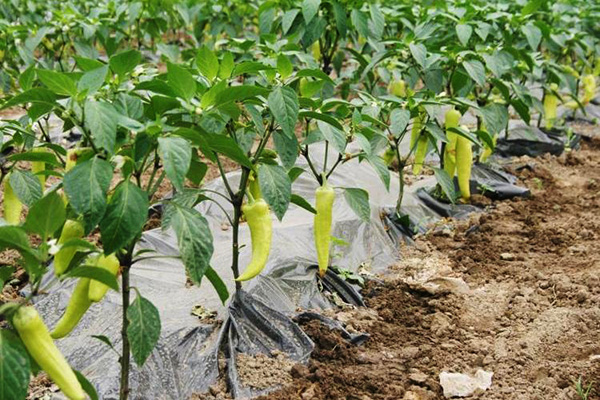
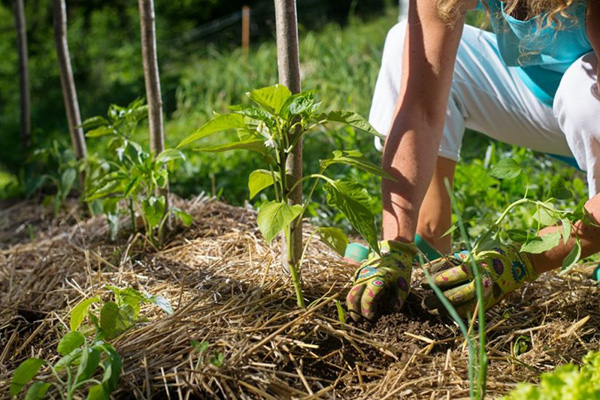
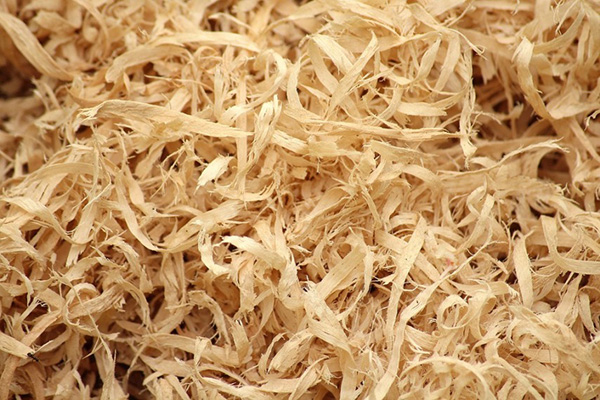
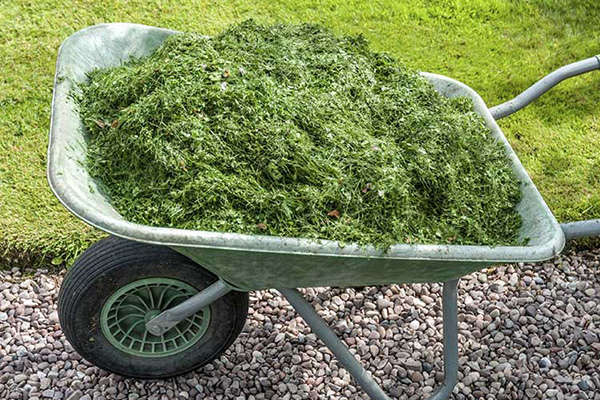
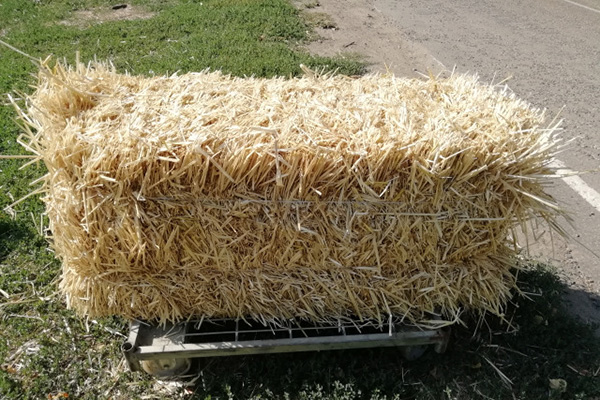

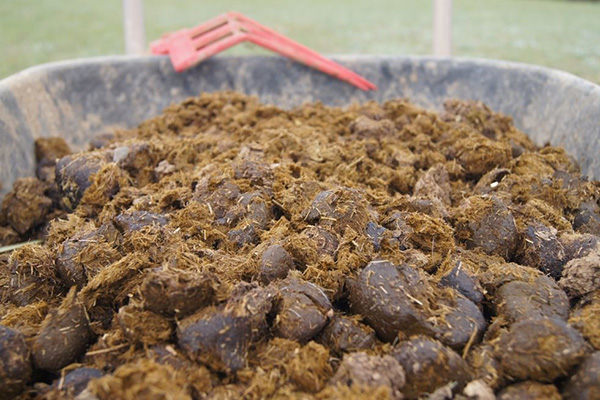
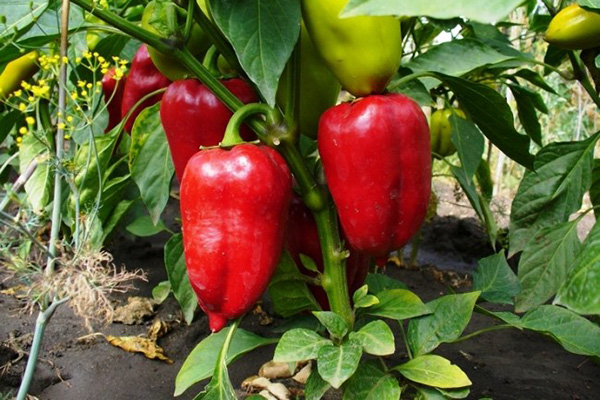
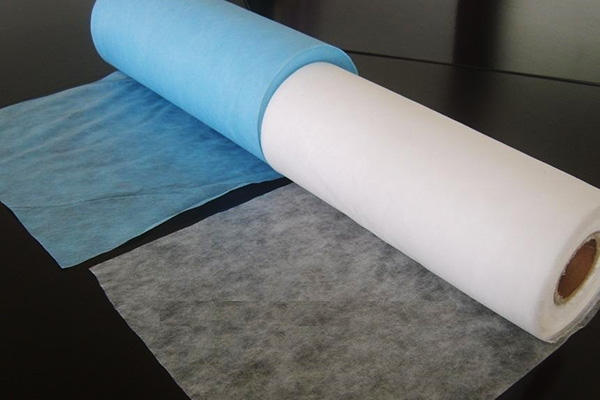
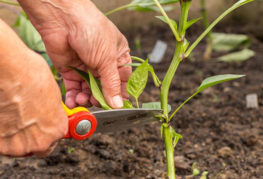
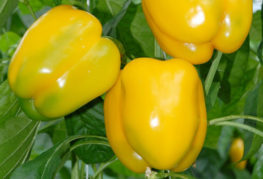
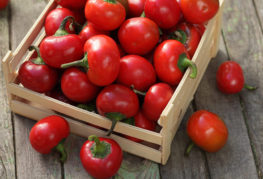
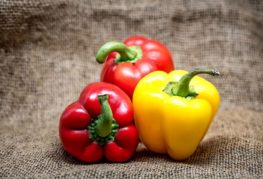
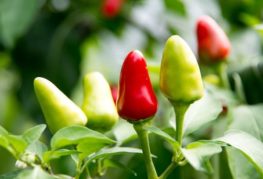
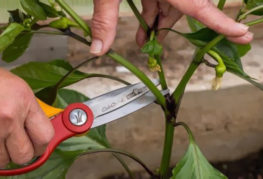
and will be published shortly.